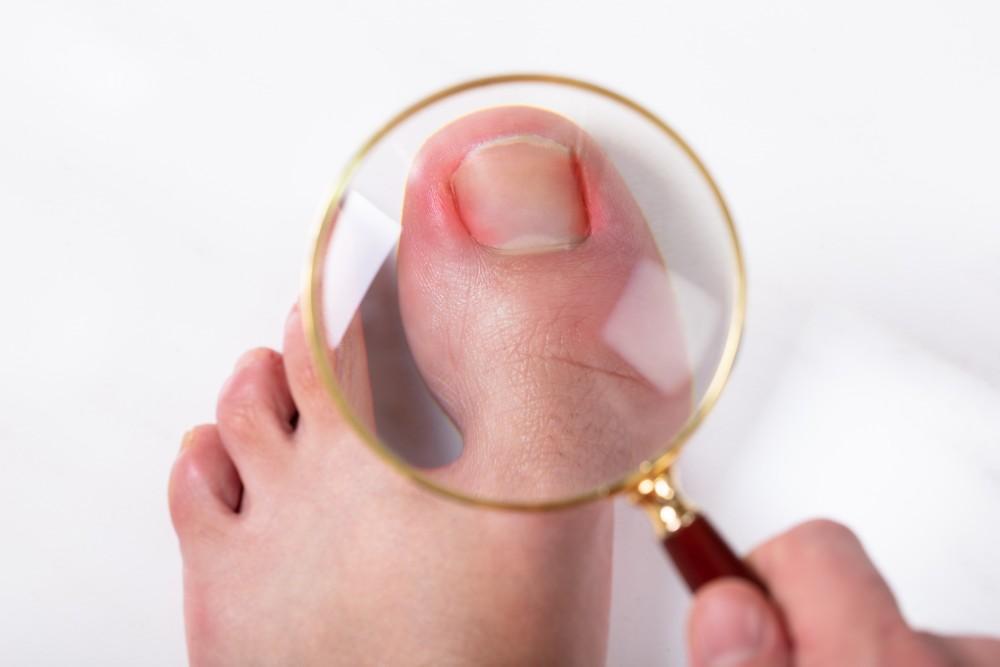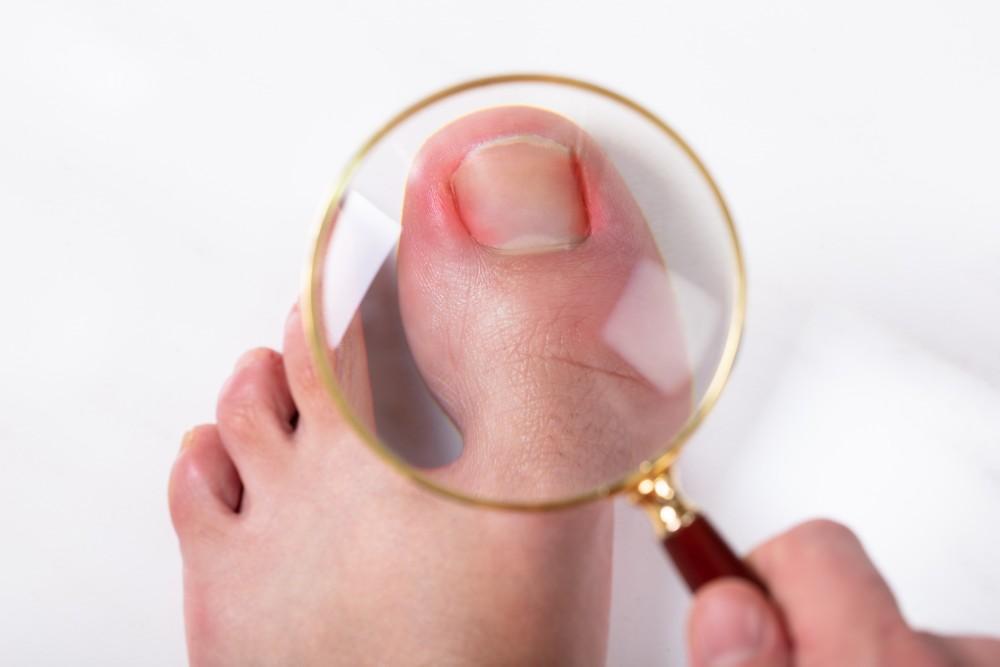Ingrown toenails, also known as onychocryptosis, are a painful and uncomfortable condition that affects a significant percentage of people. They develop when the edge of a toenail grows into the skin around it, resulting in redness, swelling, and, in some cases, infection. While ingrown toenails are a common foot problem, there are a few interesting and lesser-known facts about this issue that can help you understand it better. In this article, we’ll explore six facts about ingrown toenails to shed light on this common podiatric issue.
1. Ingrown toenails are more common in certain groups
Ingrown toenails can affect people of all ages and backgrounds, although they are more common in some groups. Ingrown toenails, for example, are more common in young adults and teenagers. This is often associated with adolescent growth spurts and fast changes in nail shape.
Moreover, people with a family history of ingrown toenails may be at a higher risk of developing this problem. Diabetes and poor circulation can also increase the risk of ingrown toenails since these medical conditions can impact nail development and the body’s capacity to fight infections.
2. Improper nail trimming can be a major cause
Improper nail trimming is one of the primary causes of ingrown toenails. Too short nails or edges that are rounded might cause the nail to grow into the surrounding skin. It’s essential to keep your toenails trimmed straight across and far from the skin.
Ingrown toenails can also be avoided by using the proper instruments, such as a nail clipper instead of scissors. Checking your nail-cutting methods on a regular basis and avoiding any sudden jerky actions when trimming will help prevent this uncomfortable condition.
3. Footwear and foot hygiene play a role
Ingrown toenails can also be caused by the shoes you wear and your foot hygiene routines. Tight-fitting shoes, particularly those that press on the toes or have a small toe box, may put pressure on the toes and stimulate inward growth.
It is important to wear shoes that provide enough room for your toes and do not squeeze your feet. Additionally, keeping your feet clean and dry will help avoid fungal or bacterial infections, which can complicate and aggravate ingrown toenails.
4. Early detection and treatment are key
Mild pain and redness surrounding the afflicted toenail are common symptoms of ingrown toenails. Without timely and proper treatment, they can progress and contribute to more serious symptoms, such as infection and pus production. As a result, early identification and treatment are critical to avoiding complications.
It’s critical to take action if you see early indicators of an ingrown toenail, such as pain, sensitivity, or redness. Soaking your foot in warm, soapy water and carefully removing the ingrown edge of the nail away from the skin be beneficial. If the condition persists or worsens, see a doctor or a podiatrist for a correct diagnosis and treatment options, which may include antibiotics or a simple in-office procedure to remove the ingrown part of the nail.
5. Prevention strategies are simple but effective
It’s usually easier to prevent ingrown toenails than to cope with the pain and suffering they can bring. The most effective preventative techniques are:
- Wear comfortable shoes: Choose shoes with enough toe space to prevent toenail pressure.
- Trim your nails correctly: Avoid rounding the edges of your toes by cutting them straight across.
- Keep adequate foot hygiene: To avoid fungal or bacterial infections, keep your feet clean and dry.
- Avoid toe injuries: Protect your toes from injury, as trauma can cause ingrown toenails.
- Pay attention to the symptoms: Early detection is critical, so stay aware and seek assistance at the first indication of problems.
6. Surgical options are available
Surgical options may be required if the ingrown toenail is severe, recurring, or has resulted in complications like infections. Partial nail avulsion and matrixectomy are the most common types of ingrown toenail surgery. In a partial nail avulsion, a part of the nail is removed to prevent it from growing into the skin. A matrixectomy destroys a piece of the nail matrix (the nail’s growth core) to avoid recurrent ingrown toenails.
These surgical procedures are often performed in the podiatric clinic and are often carried out under local anesthetic. While surgical intervention can seem frightening, it may provide long-term relief for patients who suffer from chronic ingrown toenails.







































No Comments